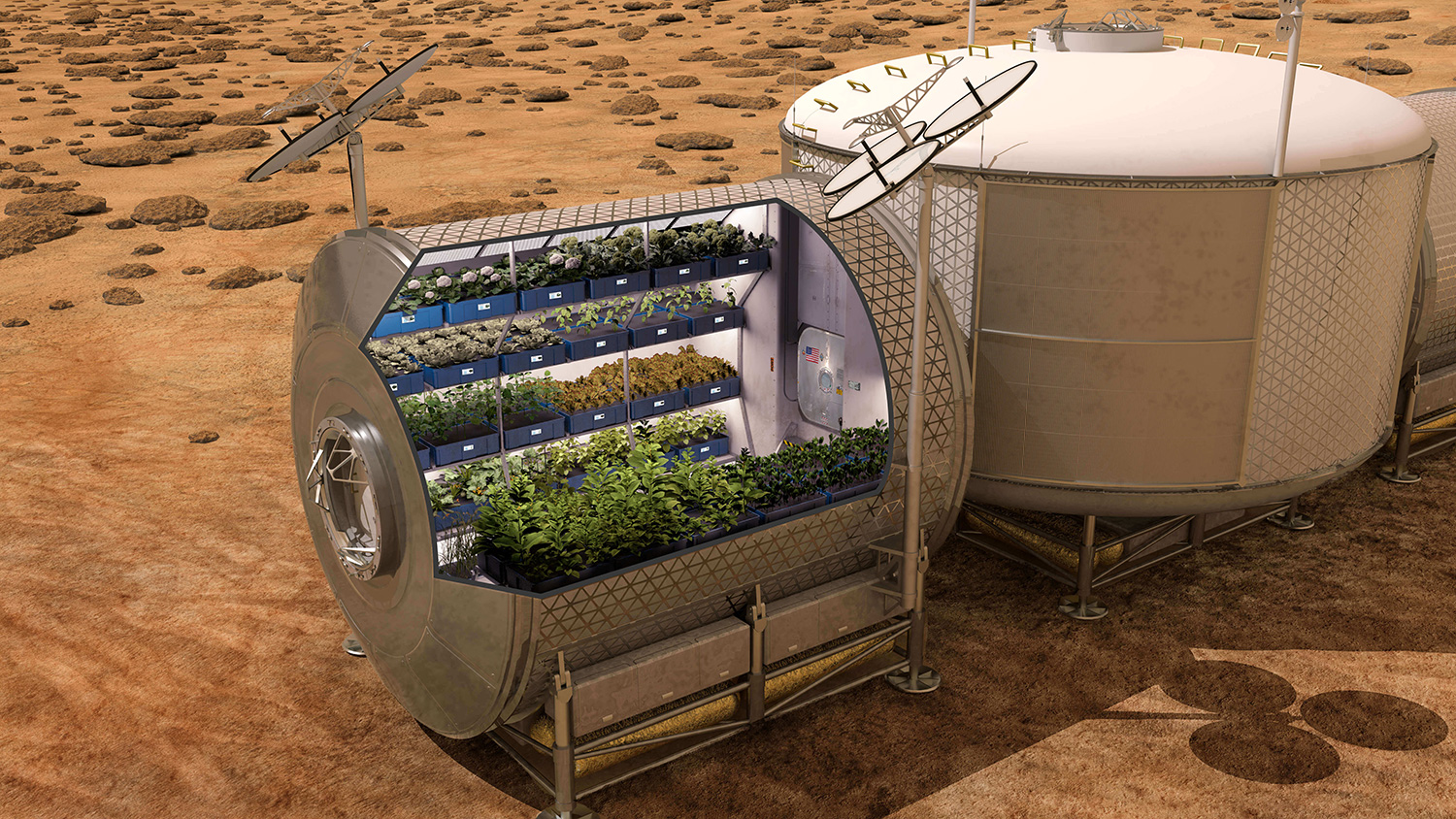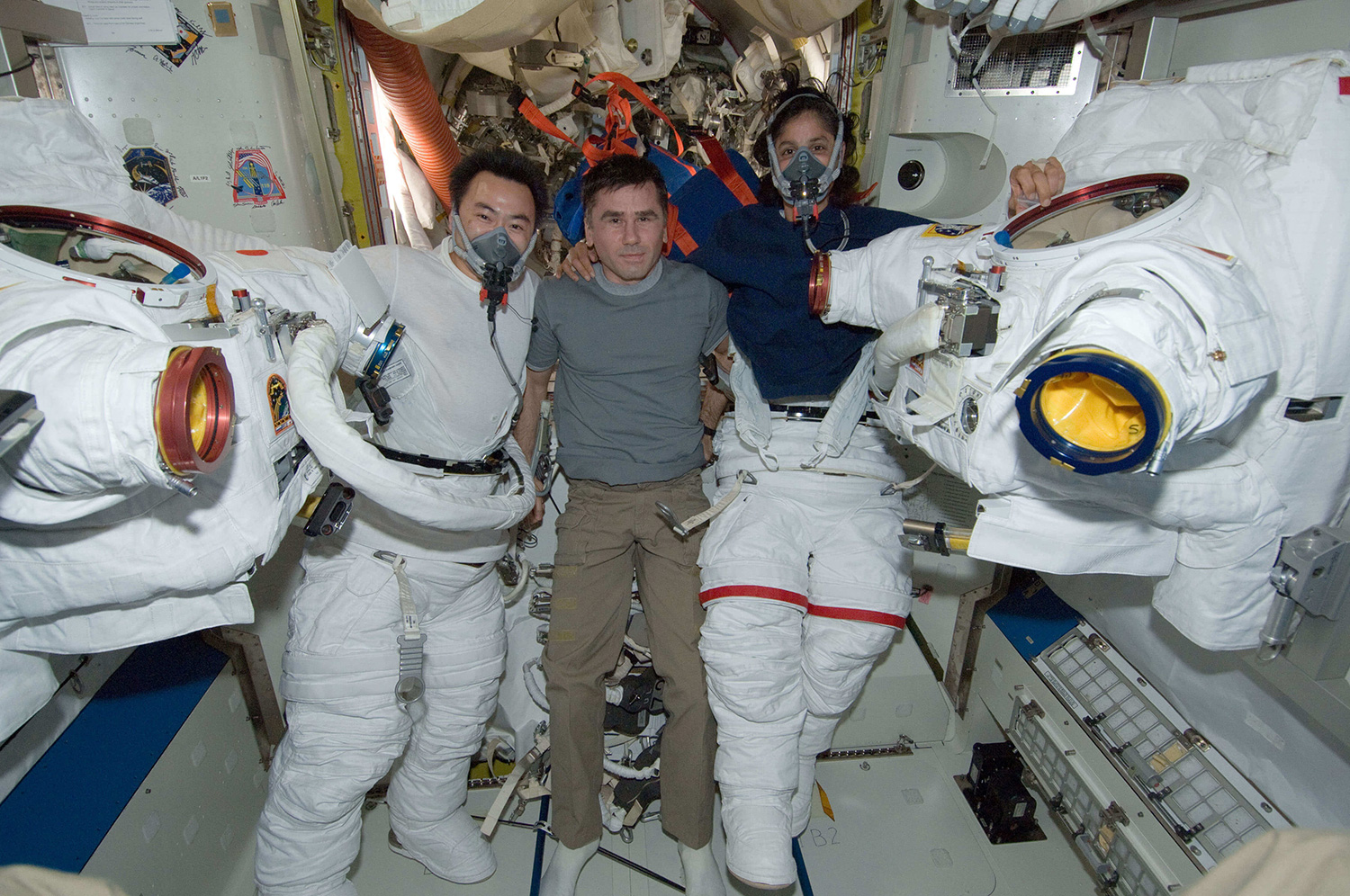


A process known as photocatalytic oxidation, discovered at a NASA-funded research center, has led to several lines of air purifiers, including some that send charged particles out into the air and onto surrounding surfaces where they neutralize volatile organic compounds, bacteria, viruses and molds. These have been found to almost completely wipe out germs and molds in a matter of hours.
Scientists at a NASA Research Partnership Center were looking for a way to scrub the air of ethylene, which hastens the decay of fruits and flowers and tends to gather around plants in the absence of convection on the space station. They hit on photocatalytic oxidation, whereby titanium dioxide exposed to ultraviolet light reacts with ethylene — or, it turned out, any airborne organic compounds — to oxidize them into harmless byproducts.
Learn more about how NASA helped develop technology that impacts air purification systems within your home's outside environment!